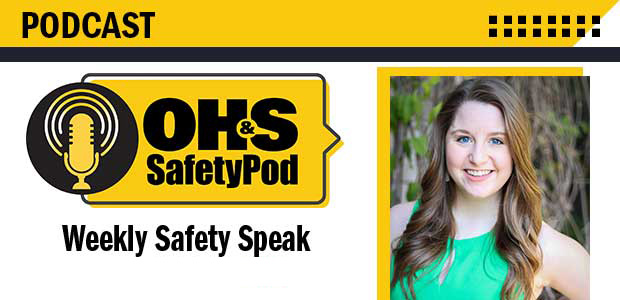
Episode 104
The State of OSHA: How State Plans Operate and Answer to Federal OSHA
Three states are at risk of losing their State OSHA Plans. In this episode, Editor Sydny Shepard breaks down what it takes for a state to have authority to enforce their own work worker protection plans and what can happen if they don't meet the minimum requirements.
- By Sydny Shepard
- Oct 25, 2021
Due to the COVID-19 pandemic, there is a bright spotlight on the Occupational Safety & Health Administration. The agency, which had operated without much news coverage for the past decade has been added to the list of acronyms used to generate buzz worthy headlines along with other safety related terms like PPE and IAQ.
Perhaps one reason OSHA has seen a surplus of awareness is all the spinning plates they have up in the air right now. For instance, the call for a standard on infectious disease control, a federal standard on working in high heat environments is in the works and most recently the administration has just announced that will look into stripping three states of their state OSHA plans.
In our episode today, we are going to break down what it means for a state to apply and be approved for a State OSHA Plan and why there are some states that might be in hot water with Federal OSHA.
Download or stream the episode today at Apple Podcasts, Google Podcasts, Stitcher, Spotify and more.
About the Author
Sydny Shepard is the former editor of Occupational Health & Safety.